What are Model and Diecast Cars
Model and diecast cars are miniature replicas of real-world vehicles, captivating enthusiasts of all ages. These detailed models offer a tangible connection to the automotive world, representing a wide range of vehicles from classic cars to modern supercars and trucks. They provide a unique blend of history, design, and engineering, making them a popular hobby and a valuable collectible. The appeal lies not only in their aesthetic qualities but also in the stories and memories they represent, often sparking nostalgia and a passion for automotive history. Whether displayed on shelves, used in dioramas, or simply admired, model and diecast cars offer a world of fascination.
The History of Model Cars
The history of model cars is a journey through technological advancements and shifting cultural interests. From simple toys to highly detailed replicas, the evolution of these miniature vehicles mirrors the growth of the automotive industry itself. The early days saw rudimentary models made from tin and wood, gradually evolving into more sophisticated creations that utilized advanced materials and manufacturing techniques. The development of model cars also reflects changing tastes and societal trends, with certain eras and vehicle types gaining more prominence than others.
Early Days of Model Car Production
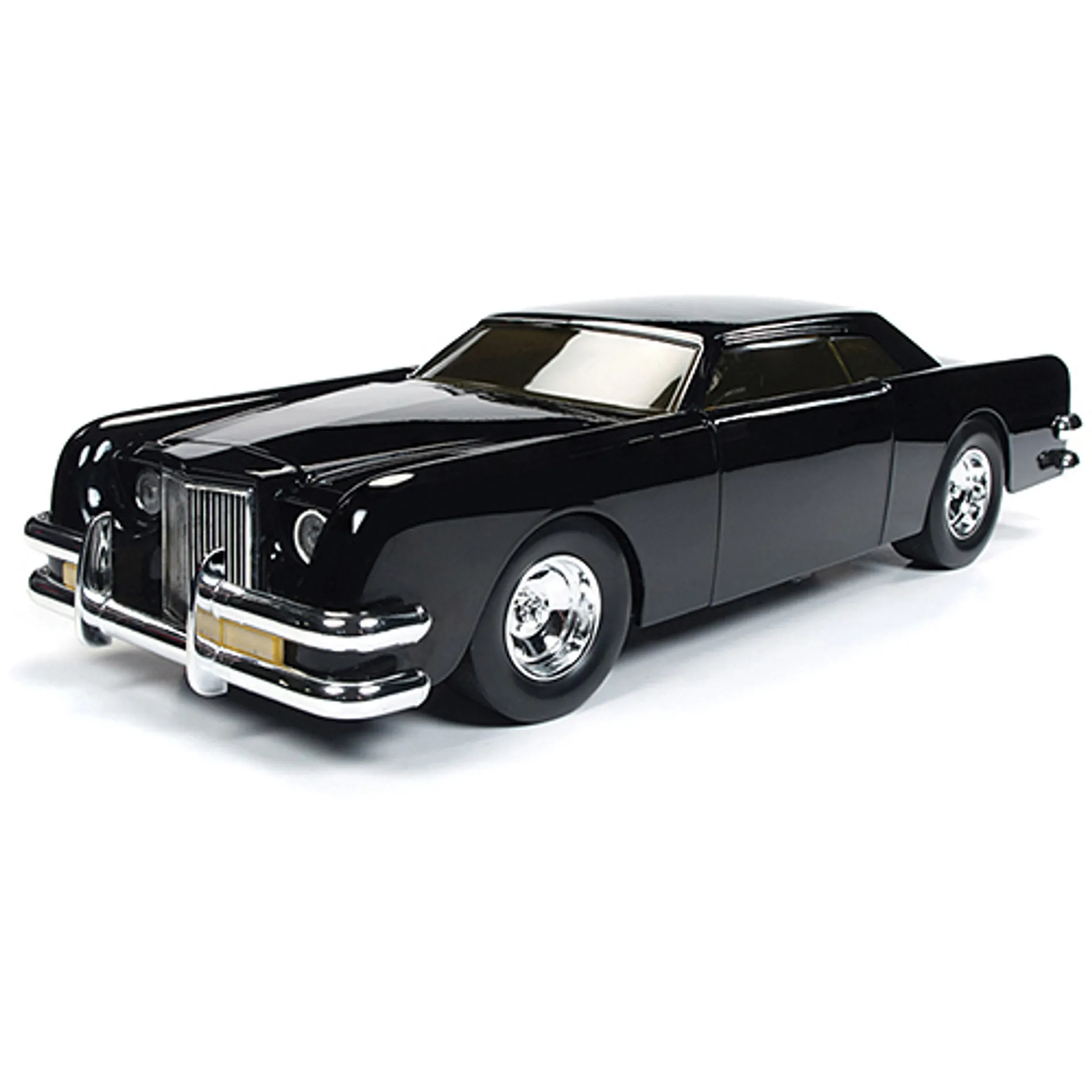
The earliest model cars emerged alongside the rise of the automobile itself. These initial models were often simple toys intended for children, crafted from materials like tinplate and wood. They served as a way for children to engage with the novelty of automobiles. As manufacturing processes improved, so did the quality and detail of these early models. Manufacturers began to focus on replicating specific car models, albeit in a rudimentary fashion, laying the foundation for the detailed replicas we see today. These early models are now prized collectibles, offering a glimpse into the origins of this enduring hobby.
Evolution of Diecast Technology
The introduction of diecast technology revolutionized the model car industry. This process, involving the injection of molten metal into molds, allowed for greater precision and detail than ever before. The use of diecast metal, typically zinc alloys, enabled manufacturers to create more realistic and durable models. This advancement led to a surge in the popularity of model cars among collectors and enthusiasts. Diecast technology continues to evolve, with manufacturers constantly refining techniques to improve detail, realism, and the overall quality of these miniature masterpieces. It has become an integral part of the production process for creating highly detailed models.
The Appeal of Collecting
Collecting model and diecast cars offers a unique blend of passion, history, and investment potential. Collectors are drawn to the aesthetic beauty, historical significance, and craftsmanship of these miniature vehicles. The hobby provides an opportunity to appreciate automotive design, learn about different eras and models, and connect with a community of like-minded enthusiasts. For many, collecting is also a form of nostalgia, evoking memories of childhood or a fascination with particular cars. Beyond the personal enjoyment, model cars can also hold significant value, making them a rewarding pursuit for those who are passionate about the automotive world.
Types of Model and Diecast Cars
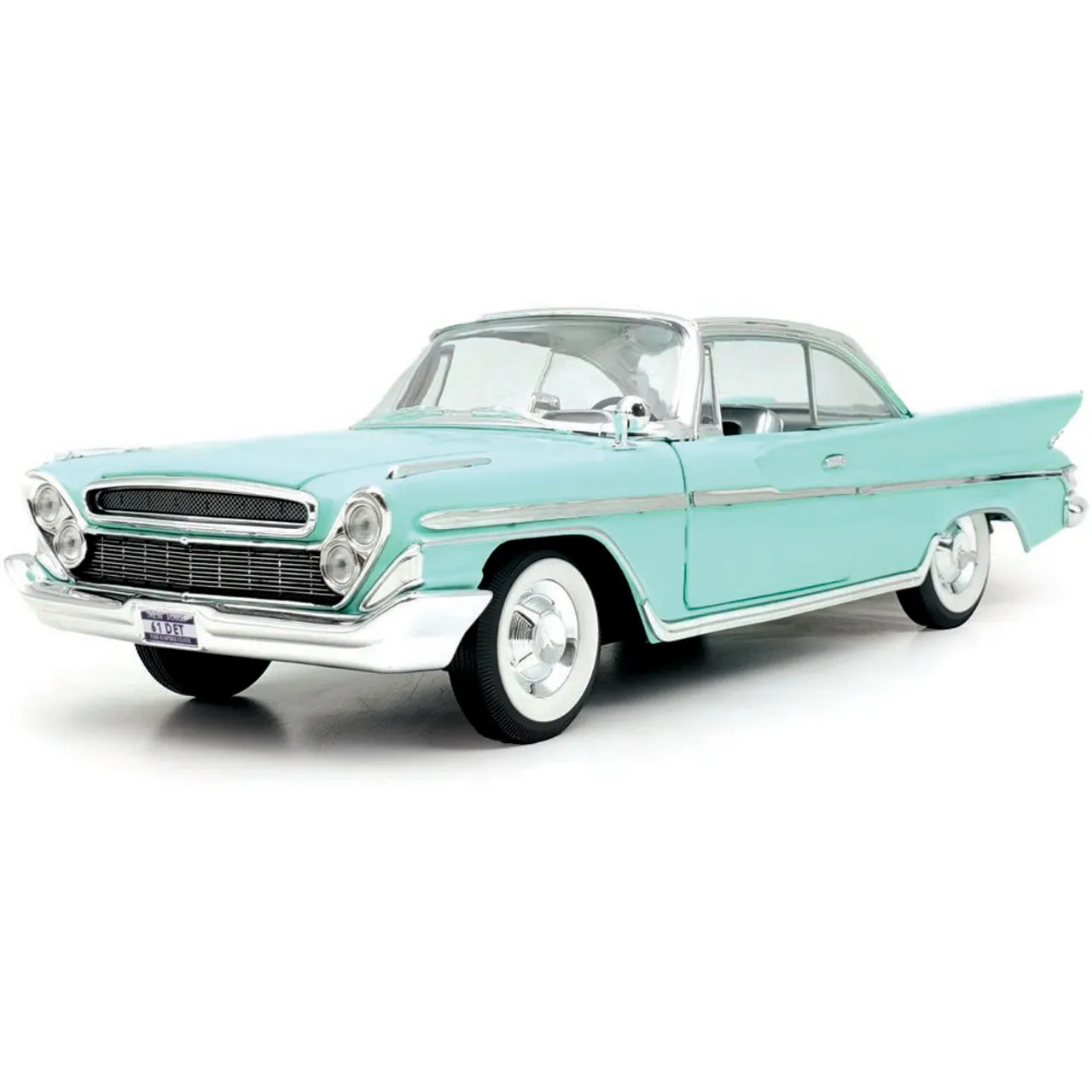
Model and diecast cars come in a wide variety of types, reflecting the diversity of the automotive world. From classic cars and sports cars to trucks, buses, and even military vehicles, there’s a model car for every interest. They are available in various scales, with the most popular being 1:18, 1:24, and 1:43. The different types cater to various tastes and collecting preferences, from the casual enthusiast to the dedicated collector seeking rare and limited-edition models. The availability of such a wide range of models makes this hobby accessible and enjoyable for anyone passionate about automobiles.
Scale Models
Scale models are a cornerstone of the model car hobby, accurately replicating the proportions and details of their full-size counterparts. The scale refers to the ratio between the model’s size and the real vehicle. The most popular scales include 1:18, 1:24, and 1:43. Each scale offers a different balance of detail and size, catering to various preferences. 1:18 scale models are known for their intricate detailing and larger size, while 1:43 models are more compact, making them ideal for displaying in larger collections. Scale models are highly sought after by collectors who appreciate accuracy and realism.
Diecast Cars
Diecast cars, as the name suggests, are primarily made using the diecasting process. They are characterized by their metal bodies, which give them a substantial feel and add to their durability. Diecast cars are often highly detailed, with intricate features such as opening doors, hoods, and trunks, as well as detailed interiors and engine compartments. These models are popular among both casual collectors and serious enthusiasts, as they offer a high level of realism and are available in a vast array of makes, models, and scales, making them a versatile choice for any collector.
Materials Used in Model Cars
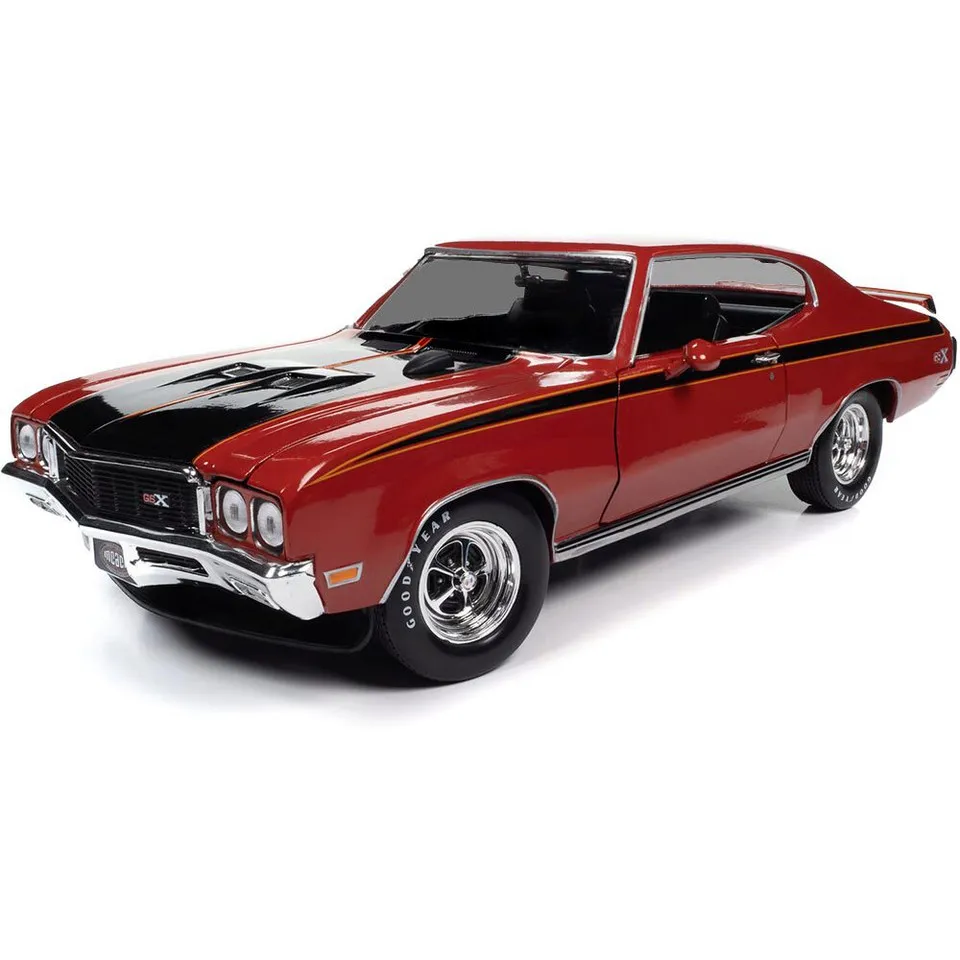
The materials used in model cars play a crucial role in their appearance, durability, and overall quality. The selection of materials impacts the model’s ability to replicate the look and feel of a real car. From the metallic sheen of diecast metal to the intricate details molded from plastic, the materials contribute significantly to the final product. Understanding the materials used can help collectors appreciate the craftsmanship and design that goes into each model.
Diecast Metal
Diecast metal is a cornerstone material in the model car industry, prized for its weight, durability, and ability to capture fine details. The most common metal used is a zinc alloy, which can be easily molded into complex shapes. Diecast metal provides models with a realistic weight and a satisfying feel. It also allows for intricate detailing, such as body lines, panel gaps, and interior features. The use of diecast metal is a key factor in the authenticity and collectability of model cars.
Plastic and Composite Materials
Plastic and composite materials are also widely used in model car production, particularly for components that require intricate detailing or specific properties. Plastic is often used for interior parts, wheels, and smaller details. Composite materials can be used to create models that are both durable and highly detailed. These materials are versatile and allow for the creation of complex shapes and designs that would be difficult or impossible to achieve with metal alone. The use of plastic and composites helps to bring model cars to life with a high degree of accuracy.
Key Features and Details
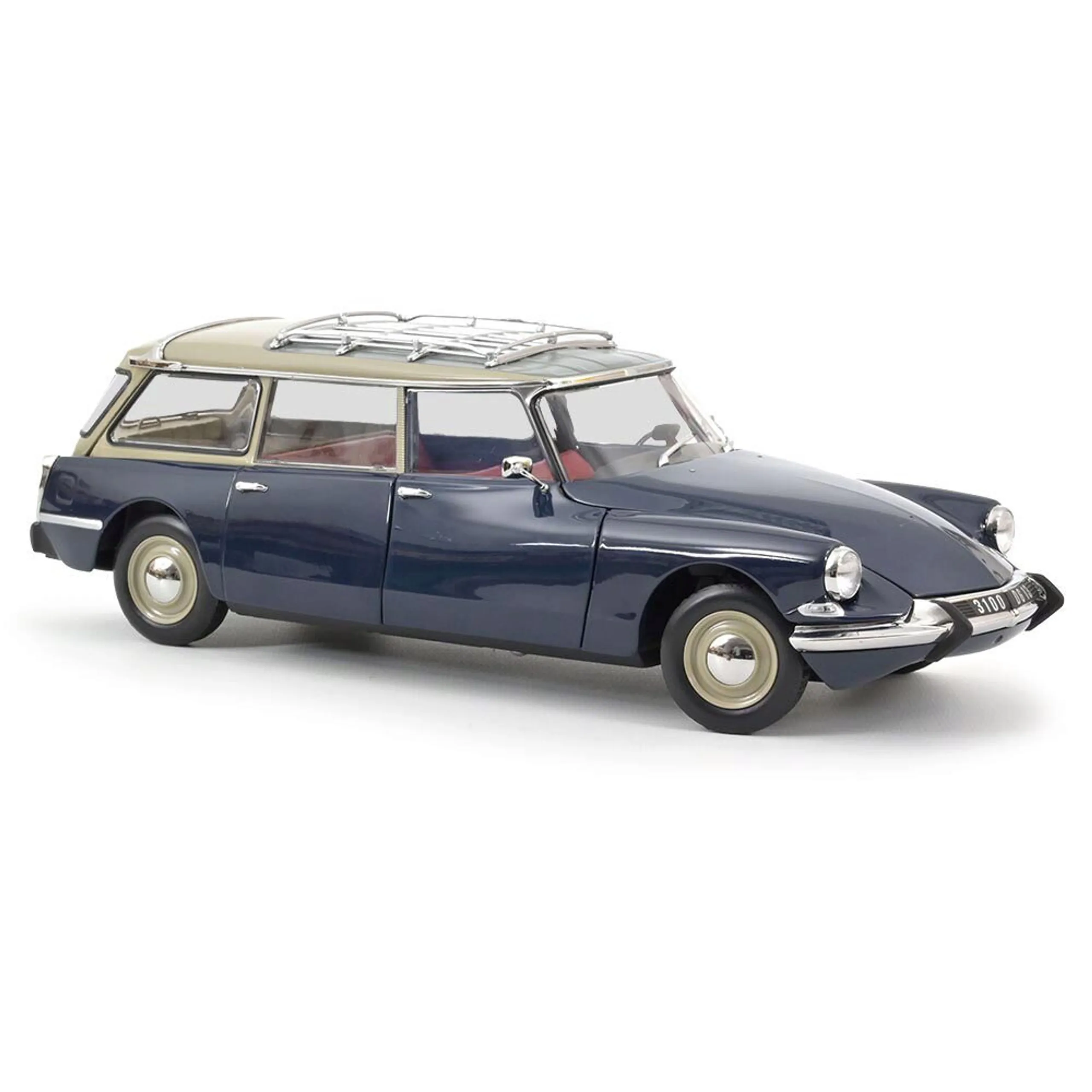
The key features and details of model cars are what set them apart and make them appealing to collectors. These details can range from accurately replicated body lines and paint finishes to functional features like opening doors and steering wheels. The attention to detail in these models, no matter the scale, is what makes them so engaging and sought-after. The pursuit of detail reflects the passion and dedication of both the manufacturers and the collectors, who appreciate the craftsmanship and artistry involved.
Accuracy and Detailing
Accuracy and detailing are paramount in the world of model cars. This means closely replicating the design, features, and proportions of the original vehicle. This involves everything from replicating the exact color and finish of the paint to including intricate details such as logos, badges, and interior features. High levels of accuracy distinguish high-quality models from simpler toys, making them valuable for collectors. The pursuit of detail and accuracy is a testament to the craftsmanship and design of these miniature replicas.
Functionality and Features
Beyond aesthetics, the functionality of a model car significantly enhances its appeal. Many models feature working parts, such as opening doors, hoods, and trunks. Some models even have functioning steering wheels and suspension systems. These features add to the realism and interactive nature of the models, allowing collectors to engage with them in a more meaningful way. The presence of these features significantly increases the model’s value and appeal to collectors.
The Value of Model and Diecast Cars
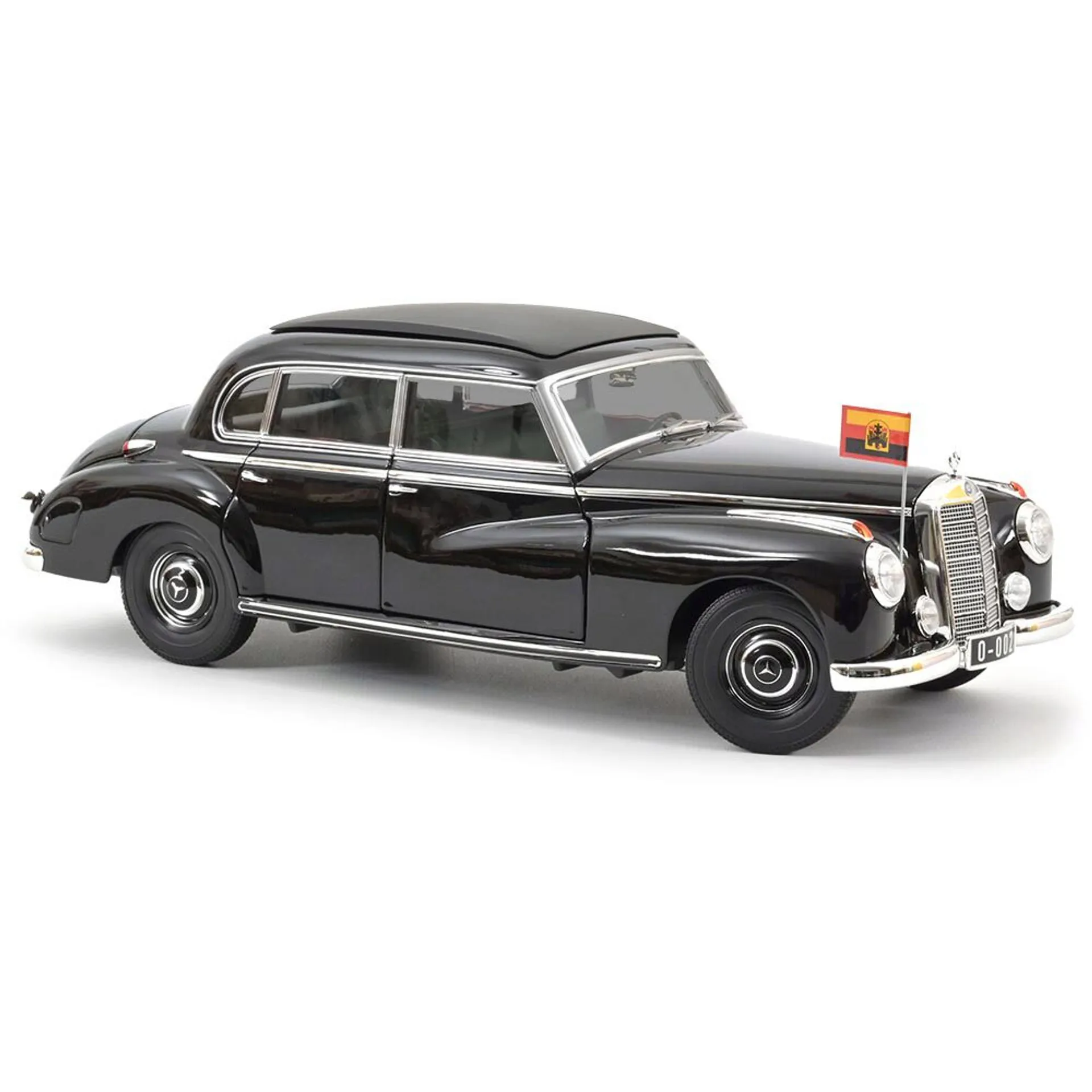
The value of model and diecast cars can vary widely, influenced by factors like rarity, condition, and historical significance. Some models are worth a few dollars, while others can fetch thousands. Understanding the factors that determine value can help collectors make informed decisions. The appeal of collecting is not only in the enjoyment of the hobby, but also in the potential for investment. The value can increase over time, especially for rare or limited-edition models. The market is diverse, with something for every collector, from the casual enthusiast to the serious investor.
Factors Influencing Value
Several factors influence the value of model and diecast cars. Rarity is a key element, with limited edition or discontinued models often commanding higher prices. The condition of the model is crucial, as models in mint condition are always more valuable. Historical significance also plays a role, with models representing important vehicles or events often being highly sought after. Finally, the brand and the manufacturer can affect value, as well-known and respected brands tend to be more desirable. Collectors should be aware of these factors when assessing the value of models.
Rarity and Limited Editions
Rarity and limited editions are a major driver of value in the model car market. Models produced in limited quantities are often highly sought after by collectors. Limited editions can be distinguished by special features such as unique paint schemes, custom details, or serial numbers. These factors increase the desirability and value of the model. The rarity of a model can dramatically increase its price, turning it into a valuable collector’s item. Collectors often seek out these rare editions, recognizing the potential for long-term appreciation.
Where to Buy and Collect Model Cars
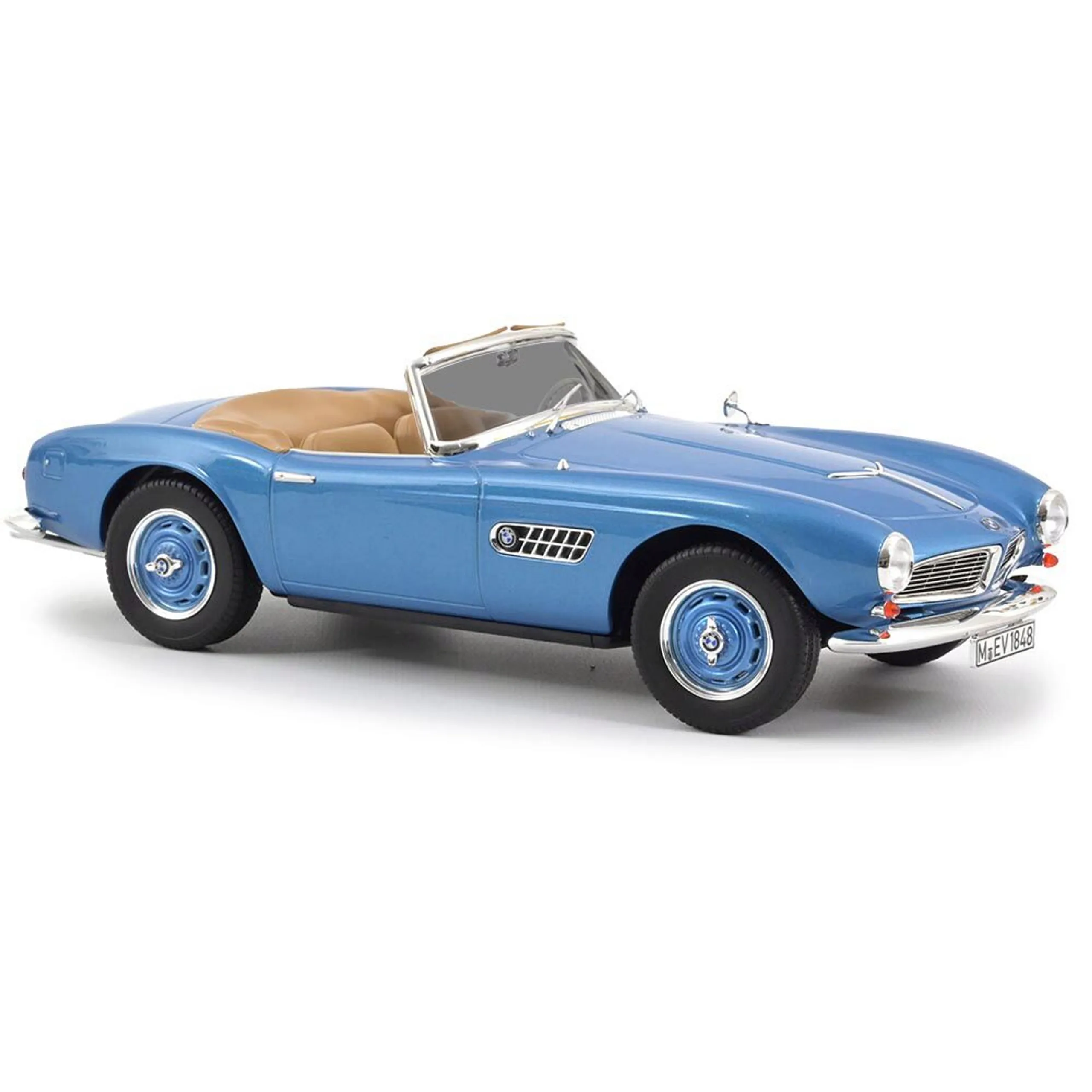
Finding and collecting model cars is a rewarding pursuit, with a variety of avenues for enthusiasts to explore. From online marketplaces and specialty shops to dedicated car shows and conventions, collectors have multiple options for finding the perfect addition to their collection. It’s a journey that combines the thrill of the hunt with the satisfaction of discovering unique and desirable models. The availability of different venues also allows collectors to connect with a passionate community of like-minded individuals.
Online Marketplaces
Online marketplaces provide a convenient and vast selection of model cars for collectors. Sites like eBay, Amazon, and dedicated online retailers offer a wide array of models, from common releases to rare and vintage items. Collectors can easily search for specific models, compare prices, and read reviews. Online marketplaces also offer a global reach, connecting buyers with sellers from around the world. These platforms often include detailed descriptions, photos, and condition reports, making it easier for collectors to make informed purchasing decisions. It’s a primary source for both new and seasoned collectors.
Specialty Shops and Shows
Specialty shops and car shows offer a more personal and immersive experience for collectors. These venues allow enthusiasts to browse models in person, interact with knowledgeable staff, and often handle the models before purchasing. Car shows and conventions offer opportunities to meet other collectors, exchange information, and discover rare or hard-to-find models. Specialty shops often carry curated selections and provide expert advice. Attending these events offers a unique chance to connect with the community and expand your collection.
Caring for Your Collection
Caring for model cars is essential to preserve their condition and value. Proper storage and display, along with careful cleaning and maintenance, can help to protect models from damage and ensure they remain in pristine condition. Collectors must take care to handle their models with care, and avoid conditions that might compromise their appearance or integrity. This careful approach not only protects the models but also adds to the pleasure of collecting.
Storage and Display
Appropriate storage and display methods are vital for preserving model cars. Models should be stored away from direct sunlight, extreme temperatures, and humidity. Display cases or shelves with protective glass or acrylic covers are ideal, shielding models from dust and accidental damage. Consider using specialized display cabinets or shelves designed to showcase model cars. Proper storage ensures that the models retain their value, preventing damage and preserving their appearance. The right display setup highlights the models and allows for their aesthetic enjoyment.
Cleaning and Maintenance
Cleaning and maintenance are essential for maintaining model cars in excellent condition. Dusting regularly with a soft brush or cloth is a basic practice. Avoid using harsh chemicals or abrasive cleaners, as these can damage the paint and details. A mild soap solution can be used to clean dirt and fingerprints. Regular inspection for loose parts or wear and tear is essential. By following these simple guidelines, collectors can preserve their models for years to come and ensure they maintain their value.
Conclusion
Model and diecast cars represent more than just toys; they are a rich blend of history, artistry, and passion. Whether you’re a seasoned collector or a newcomer to the hobby, the world of model cars offers something for everyone. From the intricate details of the models to the stories they tell, these miniature vehicles capture the essence of automotive design and innovation. As you continue your collecting journey, you’ll find not only a hobby, but a community and a treasure trove of automotive heritage. Embrace the journey and enjoy the fascinating world of model and diecast cars.
